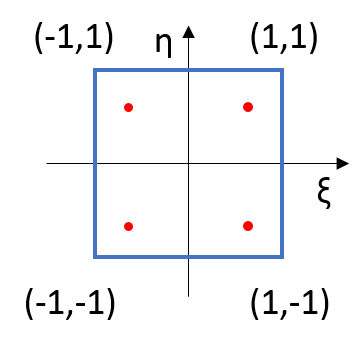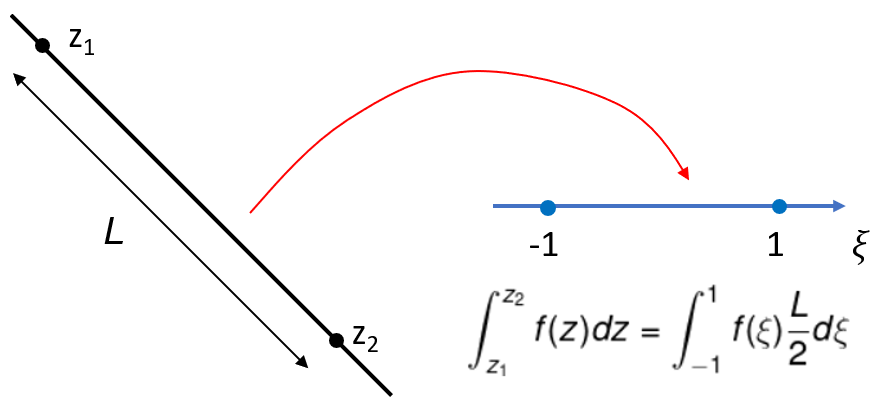Cartesian Transformation Method
The Cartesian Transformation Method (CTM) was proposed by Khosravifard and Hematiyan [1] for numerical integration in meshfree analysis. The main idea is to transform a domain integral into a double integral. Let us take a 2D integral as an example $ I = \int_{\Omega} F(x,y) d\Omega$, where F(x,y) is an arbitrary function being defined in … Read more


